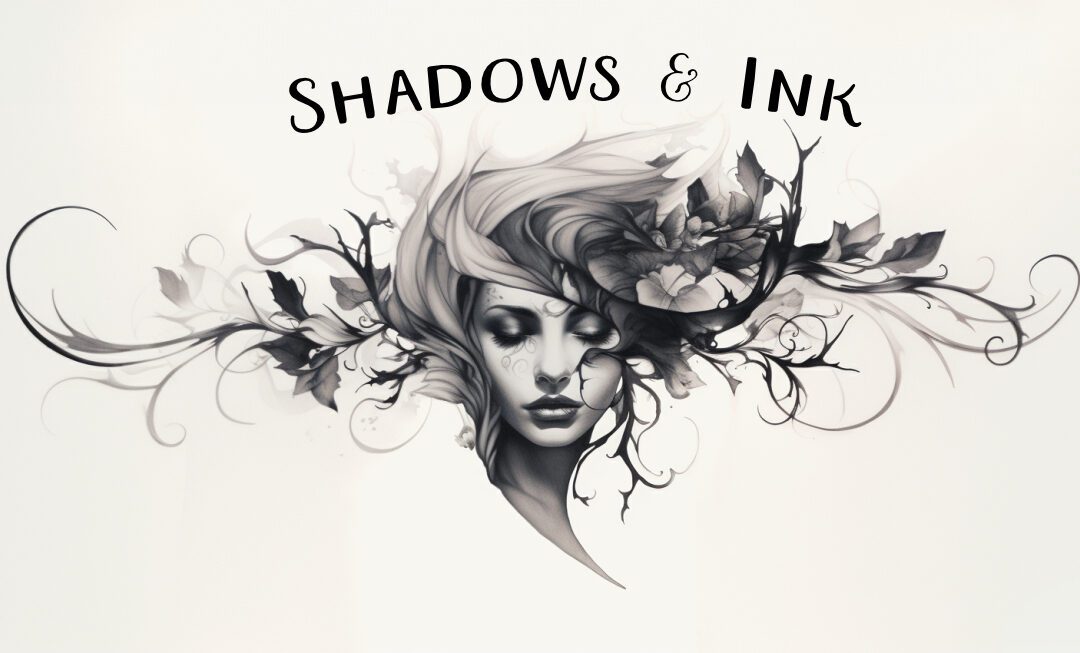Earlier this week, our mastermind group got into a spirited chat about one of the unsung heroes in crafting a spine-tingling story: editing. Whether it’s your first ghost story or you’re already a wizard of the weird, let’s talk about why giving your manuscript a good polish is as crucial as the plot twist that keeps your readers up at night.
DIY Editing
Let’s dive into the world of self-editing. Think of it as the first sweep of an old, dusty attic (spiders included). It’s where you tidy up the plot, make sure your characters aren’t wandering off into the dark (unless they’re supposed to), and catch those typos that love to haunt your pages.
Quick Tips for Self-Editing:
- Take a breather: Stepping away from your manuscript can give you a fresh perspective.
- Read it out loud: You’ll catch clunky sentences and maybe even scare yourself a bit. Having it read to you also works really well.
- Structure check: Make sure your story doesn’t wander off into the fog.
- One thing at a time: Focus on different aspects in separate rounds to avoid feeling overwhelmed.
Call in the Pros:
Even the best of us can miss a thing or two, especially when we’re too close to our work. That’s where professional editors come in, armed with their red pens and ready to battle the bumps in the night (aka plot holes, grammar goblins, and pacing pitfalls).
Types of Editorial Wizards:
- Developmental Editors: These are your big-picture editors, helping to shape your story’s world and characters.
- Copy Editors: They zoom in on the nitty-gritty, fine-tuning your grammar and style.
- Proofreaders: The last line of defense, making sure no typos sneak past to haunt your final draft.
Beta-Readers: Your First Audience
Before your book ventures into the wild, why not let a few brave souls take a peek? Beta-readers can give you a heads-up on any twists that are too twisty or if your haunted house isn’t quite haunting enough. You can hire beta-readers that specialize in your genre or sub-genre, or swap out manuscripts with other authors.
Why Edit Before You Submit?
Thinking of sending your manuscript to a publisher? Giving it a good edit first can make a big difference. A clean, tight manuscript not only shows you’re serious about your craft but also makes life easier for the publishing house (which they’ll love you for).
ARCs: The Final Test
Advance Review Copies (ARCs) are like the dress rehearsal before your book’s big debut. Sending these out to more beta readers and reviewers can help catch any lingering gremlins and drum up some early buzz. Once accepted by a publisher, they’ll then get their own editors and proofreaders involved (make sure they don’t charge you for this step). Once you have the final MS, send it by a new group of beta-readers, or ask a few blurb and review readers to let you know if they spot a problem or spelling mistake.
Wrapping It Up
Editing isn’t just about dotting the i’s and crossing the t’s. It’s about making sure your horror story is the best it can be, so when the lights go out and your readers dive in, all they’re left with is the thrill of the fright. So grab your red pen, rally your beta-readers, and let’s make those ghostly tales shine!
Until next time,
Joe Mynhardt


